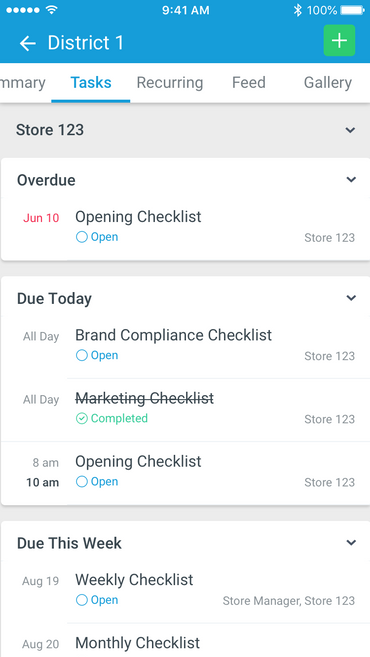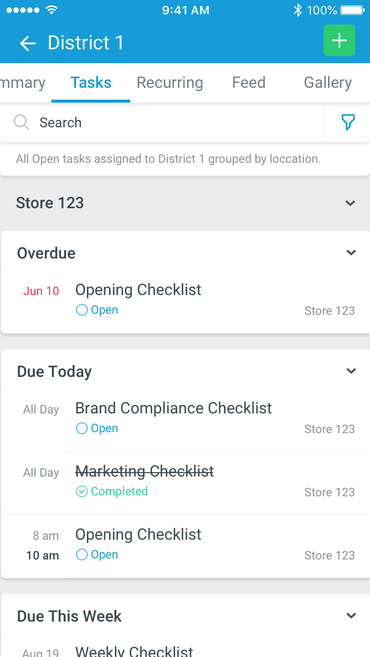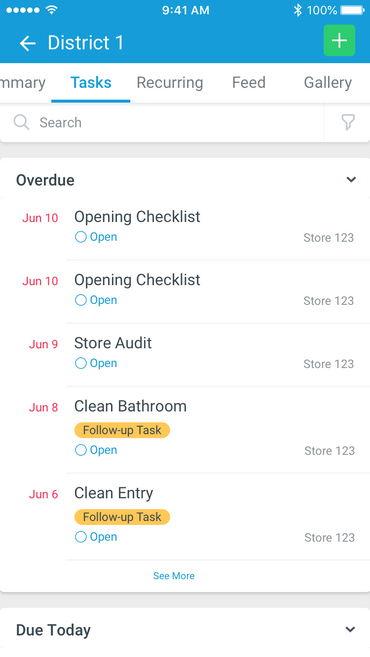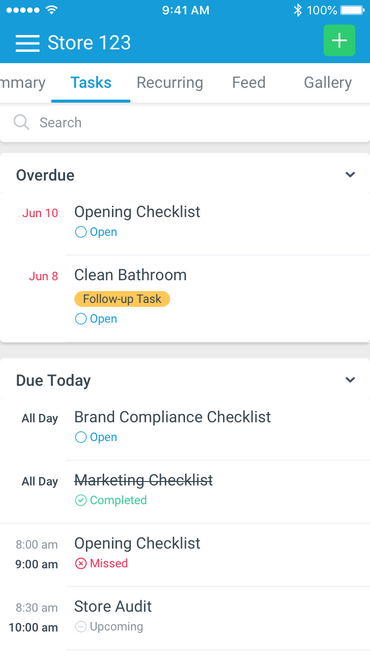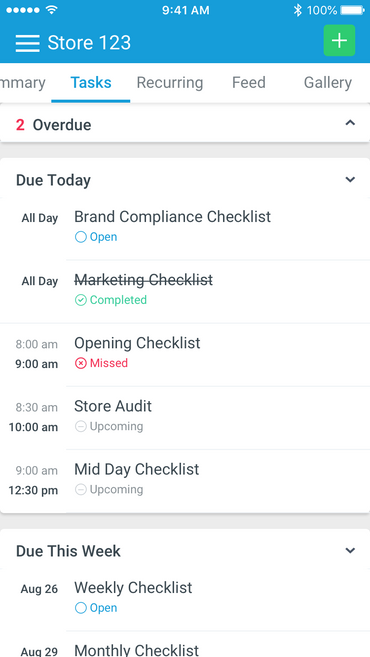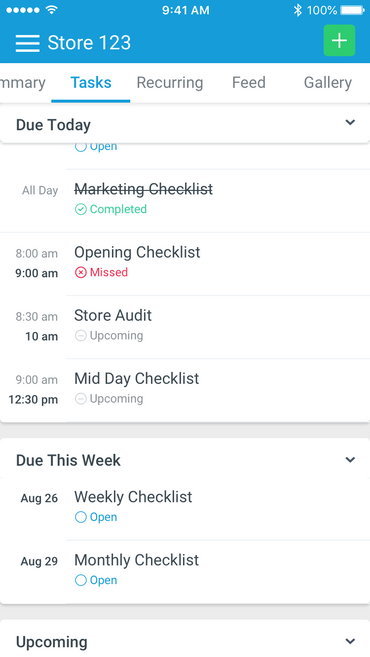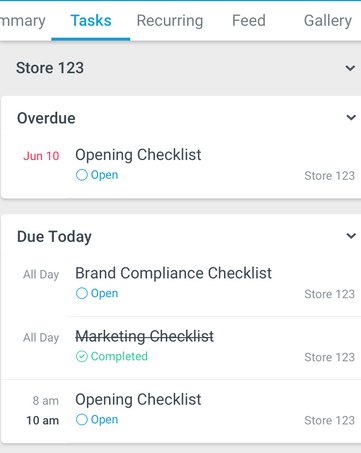
https://www.zenput.com/blog/how-operations-leaders-use-zenput-to-assign-work-to-field-store-teams
Problem: Restaurants are under intense scrutiny, ranging from regulatory bodies (e.g. local health department) to ownership or corporate guidelines. Restaurant managers need to perform multiple checklists in a day and can easily be overwhelmed. If food temperature checks aren’t being completed and a customer claims they got food poisoning, that subjects the restaurant to lawsuits. At Zenput, we found that tasks weren’t being completed in the app and were hovering at a 45%-50% completion rate. This could be that the work was done, but not filled out in the mobile app or, even worse, the work was neither done nor recorded. This opens up a store or a company to potential liability or could cause negative impacts on the guest experience. It also eroded the trust between regional managers and their stores because regional managers weren’t getting proper insight of compliances in their area of control.
Research: After analyzing inbound support comments, “ride alongs” with both store and field level leaders, and countless customer interviews, we found that the old dashboard was simply hard to use or predict because tasks wouldn’t appear until they became active. We received a consistent rate of support tickets from store managers asking us to reinstate their tasks that were overdue because they didn’t know it was active or was too busy managing their business and plain old missed the task.
Solution: We built what was known as “Future Tasks”, a daily calendar view that allowed a store manager to see all tasks that needed to be done upfront. This allowed them to plan their days accordingly, accurately deploy headcount so that Tasks could be completed, and also gamified the completion process so managers could gain a sense of accomplishment.
We also implemented a few new items, such as status: Open, Completed, and Overdue. These tags made it clear to the user exactly what state each task was in and enforced a prioritization framework by creating urgency for certain colors/labels (e.g. Red, Overdue)
Outcomes: Within the first 2 months, we saw a 15% increase in task completion at the store level and received praise from all client accounts, ranging from SMB to Enterprise customers. While the number itself is good news, we were able to drive the desired outcome of increasing trust between user and platform, meaning tasks being consistently completed allowed field/director/VP level users to have a better understanding of how their areas of control were performing. This led to more productive and conducive coaching conversations and decreased risk of compliance violations.
